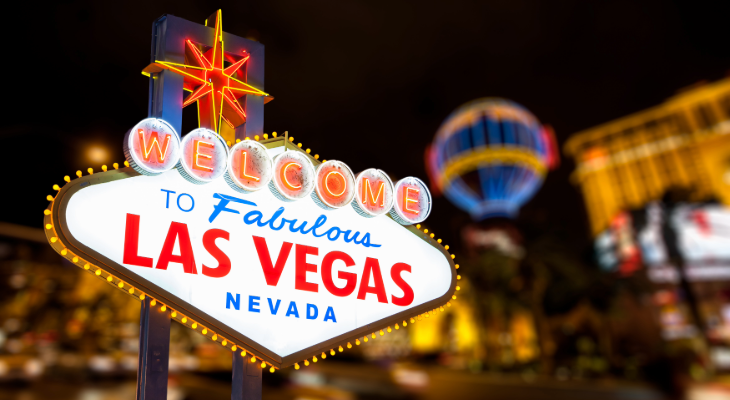By Hoku Okumura
DPT, Senior Outpatient Clinical Director, and DEIB Task Force Lead
“Mr. Ah-Kew-Mew-Rah, I am the ICU doctor. It’s clear that you won’t be leaving this hospital alive. You are going to die here.”
“Okay.” My dad’s voice was hoarse from repeated intubations, but audible.
“Do you understand that you are going to die here? Probably today,” the doctor says loudly, and with the door wide open.
“Yes, okay,” dad repeats, and gives a short nod. The doctor escalates his voice again.
“Mr. Ah-Kew-Mew-Rah, I need you to understand that you’re not… ”
At this point, I interrupted the doctor. We had heard enough.
It’s been a few years since my dad died. Some memories have faded but I’ll never forget that feeling. A knot in my gut, giving away deep embarrassment that even after a lifetime in this country, he wasn’t seen as American.
The ICU doctor didn’t know. He didn’t know how to pronounce our name. He didn’t know that English was my dad’s first language or that he understood everything the doctor said. He didn’t know that my father, like many Asian-American men, was always stoic, even in the face of crisis.
That day, I learned how much hurt we can unknowingly cause our patients and their families when we don’t take time and care to consider our patients’ culture. And how much it can heal when we do.
We asked Infinity Rehab employees for ways that we can show up for our Asian American Native Hawaiian Pacific Islander (AAPI) clients. Here are some tips:
- “Asian-American” refers to an extremely diverse population–people whose backgrounds may come from 20 countries in India and East and Southeast Asia.
- In some cultures, women may have a red dot (called Bindi) on their forehead. This is like wearing a wedding ring. It signifies marital status and/or cultural importance.
- Henna is a skin dye often used for intricate designs on their hands in religious events, cultural celebrations, and rituals.
- Some Asian-American seniors shower every day (often at night) and this may be related to religious or cultural beliefs.
- Don’t assume that you know their ethnic background by looking at their face or hearing their name.
- Don’t open the conversation with a story about your vacation to their area of origin.
- Consider cultural food preferences and invite families to bring in familiar foods or participate in menu selection.
- Many Asian-American families remove their shoes before entering their homes. If appropriate, offer to do so before entering theirs.
- Ask if they would like their family to be included in care conversations. Asian elders are often cared for in their homes by their families and have earned the privilege to be cared for. Offer training and education to family members. Recognize that cultural and personal preferences will guide their goals and define “independence”.
- Asian elders often value their privacy:
- a) they may prefer autonomy over what health information is shared with their families.
- b) take care with personal ADLs such as toileting, bathing, and dressing.
- Check your own expectations about facial affect, emotional experience, and pain presentation. You may need to ask specific questions about presence, quality, and intensity of pain/ discomfort/ distress.
- Many Asian-Americans will defer to their healthcare provider as an expert. Ask specific questions and invite the patient into the conversation.
- Consider modifying our intake forms to include cultural considerations, background, and life experiences.
- Make every effort to minimize language barriers, and address the spectrum of English proficiency (same language staff, translation services/ apps, visual cues using their native language, etc.)
- In some cultures, it is inappropriate to address elders by their first name. Ask how the patient would like to be addressed and learn to pronounce their names correctly.
- Remember that showing respect and a willingness to learn is important to all cultures!







